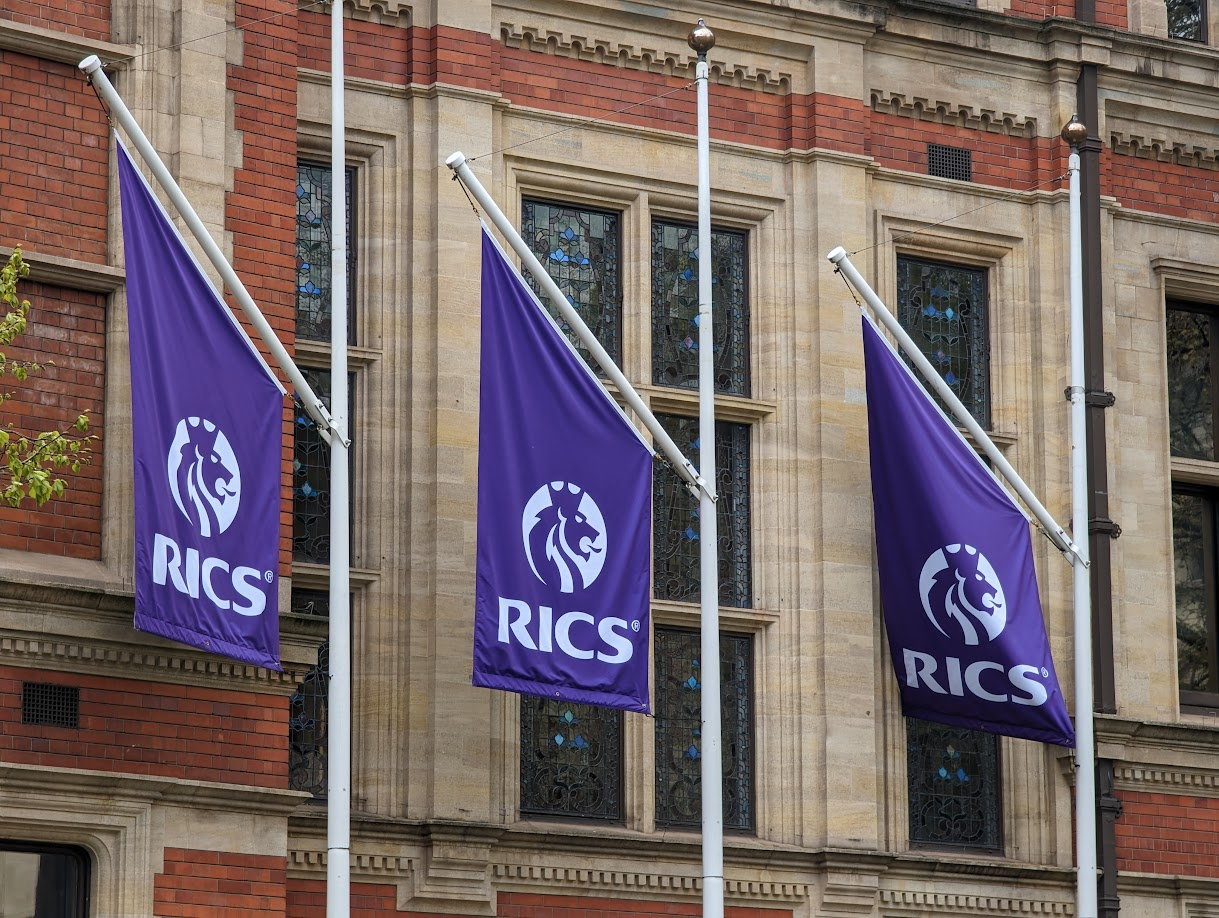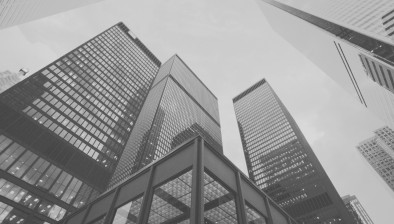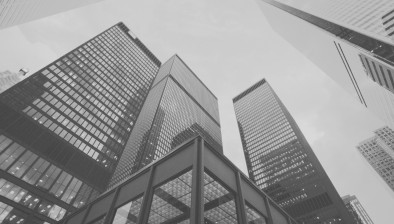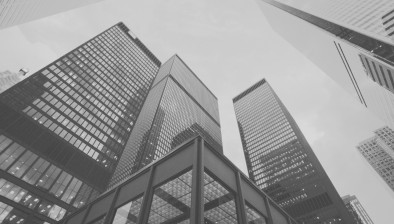RICS: Occupier demand for commercial property continues to rise

(Credit: George Iordanov-Nalbantov)
Scotland’s commercial property sector saw a marginal rise in overall occupier demand for the third consecutive quarter, supported by a less negative picture regarding demand for retail space, according to the Royal Institution of Chartered Surveyors (RICS).
The latest RICS Commercial Property Monitor recorded a net balance of 4% of surveyors in Scotland reporting a rise in occupier demand on an all-sector level through the most recent quarter, down from 11% in Q1. Looking at the sub-sectors, both office and retail space were reported to have flat demand and a net balance of 13% of surveyors in Scotland noted a rise in demand for industrial space, down from 33% in Q1. The net balance for retail demand is out of negative territory for the first time since 2016.
Overall investor demand remained in negative territory, but less so than before. Indeed, with a net balance of -7% of Scottish respondents reporting a fall in investment enquiries at all-sector level, this is the least negative net balance for overall investment enquiries since mid-2022. A net balance of 11% of respondents reported a rise in investor enquiries for industrial space. Surveyors reported falls in demand for both retail and office space with net balances of -6% and -22% respectively. However, the figure for retail is its least negative since 2018.
Regarding rental expectations, rents are expected to fall broadly flat over the next quarter at all sector level. Looking at the sub-sectors, rents in both the retail and office sectors are expected to fall, with net balances of -18% and -14% respectively. Rents for industrial space are expected to rise through Q3, albeit at a slower rate than seen previously with a net balance of 26% anticipating an increase, down from 48% in Q1.
Capital value expectations also fell broadly flat. A net balance of 3% of surveyors in Scotland expect capital values to edge upwards over the next three months. Following a similar trend to rent expectations, both office and retail capital values are expected to fall over the next three months (net balances of -14% and -5% respectively), whilst capital values for industrial space are projected to rise with a net balance of 27%, down from 44% the quarter previous.
Denis Batts of Denis Batts Property Consultants in Edinburgh, commented: “There is some nervousness in the air, although this is not yet reflected in prices.”
Angus Stenhouse of Kettlehill Asset Management in Edinburgh, added: “There are slow improvements in investor sentiment in the retail sector as debt providers come back into the market.”
Commenting on the UK picture, RICS Senior Economist, Tarrant Parsons, said: “Overall activity remains relatively subdued across the UK commercial property market, with conditions seen as generally flat in Q2. That said, respondents now feel the market is moving towards the early stages of an upturn following a challenging couple of years.
“The near-term path for monetary policy will be key to the outlook for CRE investment going forward, although hopes of an immediate easing in lending rates may be optimistic given still sticky services inflation (even if the headline rate has returned to target). Away from the cyclical picture, a strong structural trend that continues is the outperformance of prime office markets compared their struggling secondary counterparts. In particular, prime offices across London are seen delivering solid capital value and rental income returns over the coming twelve months.”









